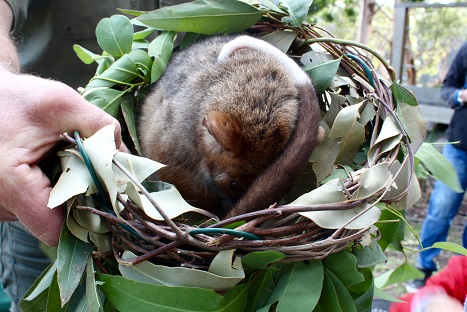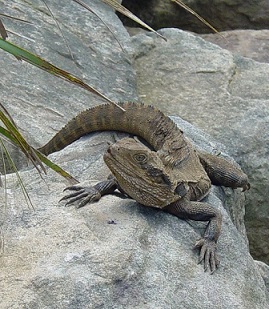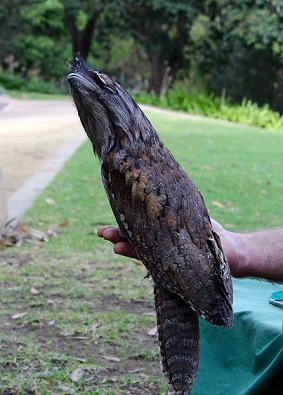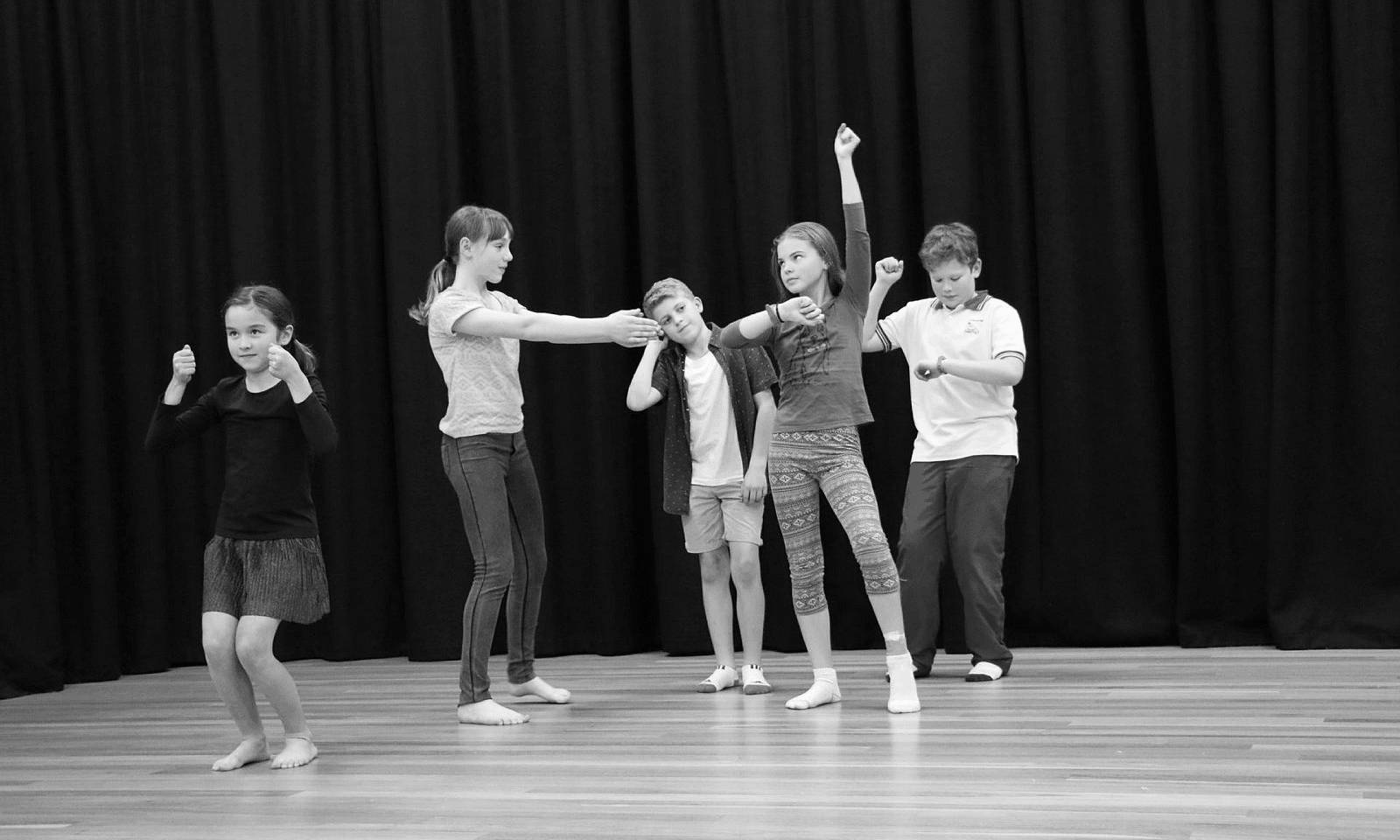Wildlife
Our recent bushland fauna surveys identified over 130 native species, including 12 that are threatened by extinction. Some of the endangered animals that live and forage in our city include:
We're focused on protecting these species and need to look after their environments to ensure that they thrive in the City.
2016-17 Bushland Fauna Surveys Report - Part A
2016-17 Bushland Fauna Surveys Report - Part B
Eastern Long-Necked Turtle
The Eastern Long-necked Turtle (Chelodina longicollis) is one of 23 Australian freshwater turtle species and is the most widespread turtle in south-eastern Australia. They can be found in any body of water, including Lake Parramatta. Although the Eastern long-necked Turtle spends most of its time in the water, they often travel over land in search of new waterholes and nesting areas and can be known to travel very long distances in search of a new home. Travelling from one water body to another, their biggest threat is therefore crossing roads, where they can be injured or killed.
How can you help?
You can play a role in helping your local turtles by recording sightings and nesting locations on the TurtleSAT app. This data will help to conserve and reduce turtles deaths throughout your local area and Australia.
Find out more about Eastern Long-necked Turtles in Parramatta here.
Wildlife Protection Areas
Wildlife protection areas are public places set apart for the protection of our native animals and their habitats under the NSW Companion Animals Act 1998.
City of Parramatta has declared 10 wildlife protection areas. These include:
- Beecroft South Bushland Reserve (Beecroft)
- Cox Park & Galaringi Reserve (Carlingford, Dundas Valley)
- Edna Hunt Sanctuary (Eastwood, Epping)
- Lake Parramatta Reserve (North Parramatta)
- Quarry Branch Creek (Northmead, Winston Hills)
- Terrys Creek & Vimiera Park (Epping, Eastwood)
- Upper Toongabbie Creek (Constitution Hill, Northmead, Winston Hills)
- Vineyard Creek Reserve (Dundas, Oatlands, Telopea).
- Hunts Creek and Seville Reserve (Carlingford, North Rocks)
- Darling Mills Creek (Northmead, North Rocks)
All native mammals, birds, reptiles and amphibians are protected under the Biodiversity Conservation Act 2016. It is against the law to harm native animals or to take them from the wild. A licence is generally required from the NSW Office of Environment & Heritage to keep native animals as a pet.
Gardens for Wildlife
(Back to top)Gardens for Wildlife
Your help can directly affect the prosperity of threatened animal populations. Creating habitat within your property, such as backyards, balconies, common areas and school grounds, is a great way to provide a safe and welcoming environment for wildlife.
Here are some of our top tips to help create your own slice of wildlife heaven:
- Plant dense, local indigenous shrubs and grasses to provide food and shelter for native birds and insects
- Banksias, bottlebrushes, grevilleas and wattles are ideal for nectar sourcing birds such as lorikeets and honeyeaters as well as attracting insects such as butterflies
- Eucalypts and Casuarinas provide fruits for seed eating birds such as finches, parrots, and rosellas. Flying foxes and possums also enjoy fruit
bearing plants - Provide water through a birdbath or small pond for birds, frogs and lizards
- Avoid using herbicides and pesticides such as snail baits which can harm indigenous wildlife. Try chemical-free gardening instead
- Don't feed birds, possums or other animals as it encourages the common and most aggressive species, often at the expense of others. More importantly, it may actually be making the birds unwell as it’s not their natural food. Think about planting what these animals prefer to eat and leave a water source out for them instead.
Visit Habitat Stepping Stones for more ways to support our local wildlife.
Injured Wildlife
If you come across an animal that is in distress or injured, there's help close at hand.
Call your local wildlife rescue group, where volunteers specialise in rescuing and caring for our native fauna. They will let you know what you can do to help or will send out a volunteer if they can.
WIRES
p: 1300 094 737
Sydney Wildlife
p: 9413 4300
In the meantime, if you have an injured or orphaned animal:
- Handle the animal as little as possible
- Place it in a towel or blanket
- Place it in a box in a warm, quiet room and do not give it food.
Biodiversity Strategy 2015 - 2025
Life in our City is City of Parramatta's Biodiversity Strategy 2015 - 2025, developed to protect our local environment. This strategy provides a framework to ensure biodiversity is conserved whilst recognising land use along with social, health and economic issues within our Local Government Area.
Read the Biodiversity Strategy 2015 - 2025:
Summary
Volume 1 Part A - Strategy & Actions
Volume 1 Part B - Maps
Volume 2 - Supplementary Information






